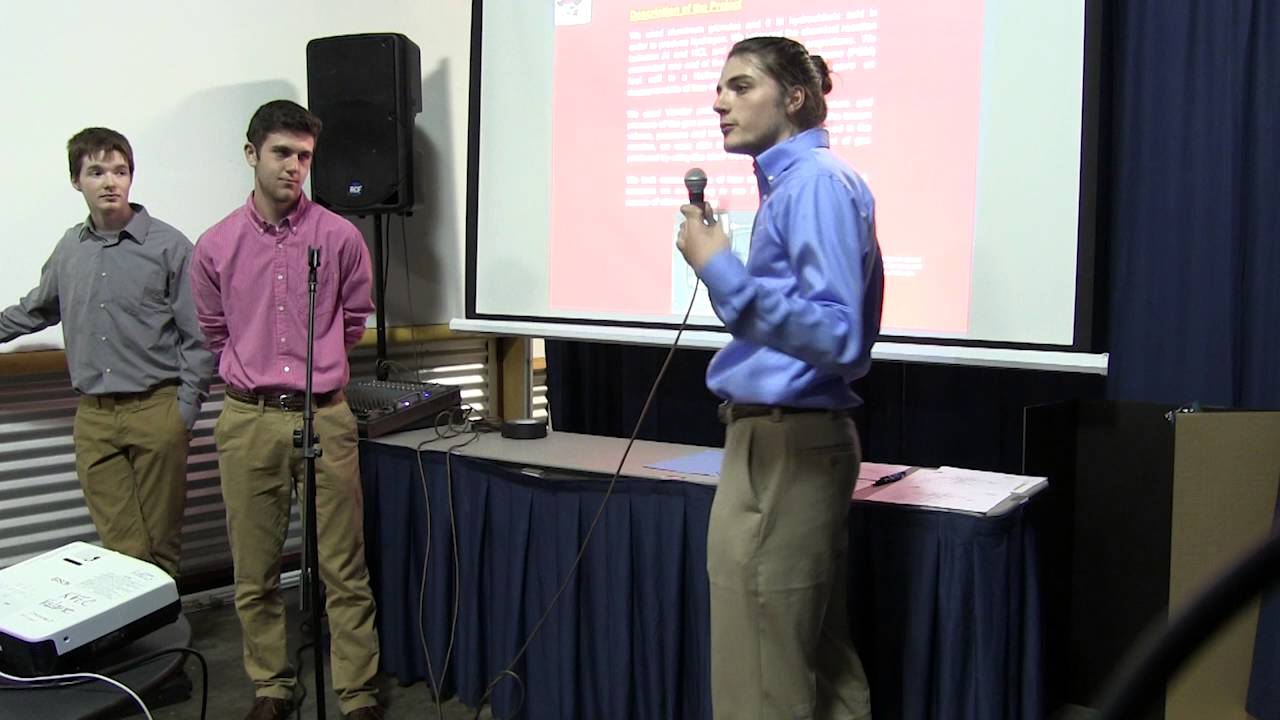Snapshot
Students will continue the work completed by last year students by enhancing the absorbance peak of the gold/gold sulfide particles obtained from the extract of garlic paste using dialysis technique. They will also try to use tobacco plant extract to synthesize gold/gold sulfide nanoparticles. Tobacco plants will be obtained from the agricultural department and brought back to the science lab at Belfry to process and extract solution that will be used as a capping agent for the synthesis of nanoparticles. They will find the composition of the extract by looking at the atomic spectra and Fourier Transform spectra available at University of Kentucky’s ASTEN research center. The information obtained will encourage students to continue their research work on the synthesis of gold/gold sulfide nanoparticles using solutions as capping agents. Students will use equipment available in the science lab to synthesize gold nanoparticles using hydrogen gold aurate along with the prepared extract. The ultra violet spectra of the colloidal solution will be recorded using the Ocean Optic UV-Visible spectrometer available in the science lab. The recorded spectra will confirm qualitatively the production of gold and gold/gold sulfide nanoparticles. Students will use He-Ne laser available in the lab to study the refractive index of the colloidal solution. The colloidal solution will be transported to University of Kentucky or Louisville speed lab to record the images of the nanoparticles using Scanning Tunneling Microscope for precise shape and size of the nanoparticles. Students will use MiePlot4211 program based on Mie Theory to fit the experimental UV-visible spectra. The fitted data will provide the extinction coefficient that can be used to calculate the mass of the nanoparticles and number of nanoparticles present in the colloidal solution. Last year’s work demonstrated that it is possible to synthesize gold/gold sulfide nanoparticles using garlic extract from the evidence of broad absorbance peak in the range 750-850 nm and triangular shape SEM images. This year students will modify the synthesis process using a dialysis technique to enhance the absorbance peak in the infrared region; increasing the triangular shape particles that can be used for precise treatment site and perform thermal ablation using infrared lasers.

